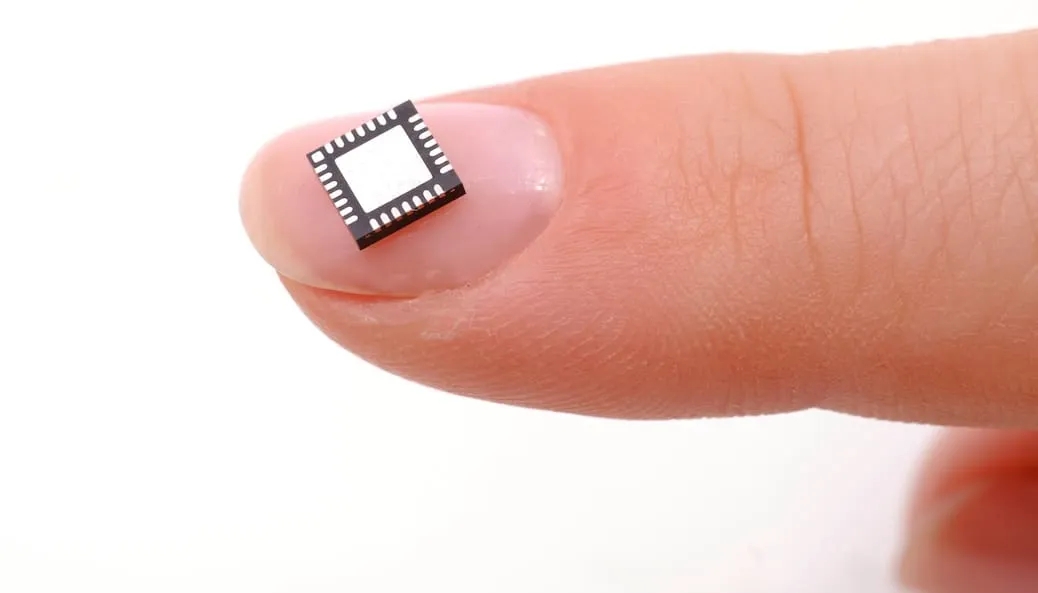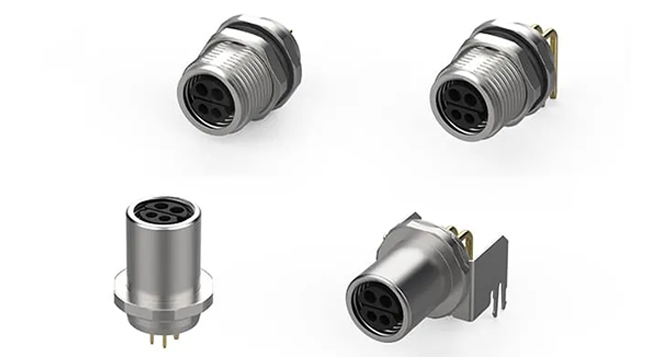Connector innovation under the wave of device miniaturization: challenges and solutions
In the wave of modern technological development, the shrinking size of terminal devices such as sensors, edge controllers, and mobile devices has become an irreversible trend. Industrial applications require machines to occupy less space to increase production capacity; The automotive, transportation, and aerospace industries are constrained by cost and energy efficiency, with strict requirements for size and weight; Consumer electronic devices such as smartphones and televisions have also evolved from bulky designs to lightweight, portable designs. However, the reduction in device size has not lowered the market's expectations for performance and reliability. On the contrary, people's demands for functionality are increasing. In this context, connectors, as key components that ensure equipment quality, functionality, and durability, are facing unprecedented challenges and opportunities in their design and technology.

The challenges of connection design brought by miniaturization
As industrial systems increasingly trend towards modularity and device miniaturization, connectivity solutions must develop synchronously to support high-performance data and power transmission in limited spaces. ATTEND product manager Leon Hung pointed out that the continuous shrinking of terminal device sizes forces connection designs to address the following common issues:
PCB and panel space are limited
The device needs to integrate more functions in a smaller footprint, which severely limits the size and quantity of connectors. Traditional multi pin connectors are no longer able to meet the requirements of high-density layouts.
Design complexity increases
If power and data transmission rely on different connectors, the complexity of internal wiring and installation will significantly increase, thereby affecting production efficiency and maintenance costs.
Weight and mobility requirements
In mobile applications such as Automated Guided Vehicles (AGVs) or wearable devices, reducing the volume of cables and connectors can effectively reduce overall weight, improve operational efficiency and battery life.
Enhanced demand for environmental durability
Even if the size is reduced, the connector must maintain industrial grade dust, water, and vibration resistance to ensure reliable operation in harsh environments.
Key technological breakthrough: SPE and miniaturized circular connectors
To address the above challenges, the industry has gradually formed a design direction centered on high integration, miniaturization, and reliability. Among them, single pair Ethernet (SPE) and miniaturized circular connectors are considered important technologies driving the evolution of next-generation devices.
Single Pair Ethernet (SPE) achieves Ethernet communication through a single twisted pair cable, significantly reducing cable diameter, weight, and wiring complexity, while supporting data transmission rates from 10 Mb/s to 1 Gb/s. Combined with PoDL technology, SPE can synchronously transmit data and power through the same interface, significantly simplifying device architecture.
Small circular connectors, such as the M8 connector that complies with the IEC 63171-6 industrial Ethernet standard, maintain IP67 protection level, excellent mechanical strength, and high-speed data transmission capability despite their compact size. This type of connector is particularly suitable for scenarios with limited space but high reliability requirements, such as industrial automation, remote monitoring, and mobile devices.

Application scenario example: From intelligent agriculture to industrial Internet of Things
Taking ATTEND's SPE M8 4PIN hybrid connector as an example, this product has been successfully applied in remote monitoring cameras, automated agricultural machinery, and other scenarios. In modern agriculture, connectors provide stable data and power transmission for autonomous agricultural machinery equipped with high-precision GPS, enabling real-time environmental analysis and automated decision-making. Its compact design and IP67 protection level ensure reliability under harsh outdoor conditions, while its high-speed transmission capability supports real-time data exchange between machines and cloud systems, ultimately optimizing agricultural strategies and reducing resource waste.
On the other hand, the ATTEND 229B series T1 industrial SPE connector embodies the latest developments in SPE technology. This product adopts advanced architecture, achieves high-speed Ethernet transmission on the basis of lightweight and low cost, and enhances security performance, making it suitable for harsh industrial environments.
Continuous technical challenges and engineering solutions
Despite significant technological advancements, miniaturization still brings a series of system level challenges:
Mechanical durability: Smaller connectors are more prone to damage due to vibration, misalignment, and frequent plugging and unplugging.
Signal integrity: Simultaneous transmission of power and data in a compact interface may increase the risk of electromagnetic interference (EMI) and signal attenuation.
Assembly accuracy: Manufacturing tolerance requirements are more stringent, requiring more reliable stress relief mechanisms.
To address these issues, modern connector designs have adopted multiple engineering strategies, including high-precision locking mechanisms to ensure stable connections under mechanical stress, shielding contact structures to minimize electromagnetic interference, and high plug and unplug cycle designs that have undergone rigorous industrial validation to ensure long-term reliability.
Conclusion: Miniaturization and Future Prospects of Connectors
Despite the limitations of physical size, people's expectations for device functionality will continue to grow. As the lifeblood of devices, the innovation of connectors not only determines the success of miniaturization, but also affects the intelligence process of the entire industry. From the popularization of SPE to the standardization of micro connectors, technology is constantly breaking space limitations and empowering more powerful and reliable industrial and consumer devices. This quiet revolution, as Leon Hung said, will continue to lead us towards a more efficient and interconnected future.

